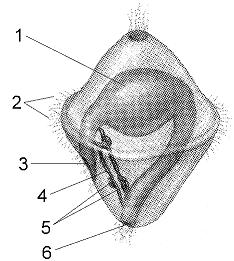Hutchinson-Gilford progeria syndrome (the aging
disease)
a. is controlled by a simple recessive gene.
b. is a sex-linked disease more common in males.
c. occurs only in those individuals in which a
mutation arises and is not found in other
members of the family.
d. is the result of the failure of chromosomes to
separate so that an individual receives three
instead of two chromosomes.
e. is none of these.
Answer: c
You might also like to view...
An insect that exhibits resistance to a pesticide
a. developed the resistance in response to the pesticide. b. mutated when exposed to the pesticide. c. inherited genes that made it resistant to the pesticide. d. drifted from an adjacent field. e. received resistance genes during mating.
One problem commonly experienced in phylogeny reconstruction arises when two or more of the groups being compared have accumulated far more genetic changes (mutations) than the others in the comparison
This situation often results in a phenomenon known as "long branch attraction," in which the highly mutated lineages end up grouping together in a phylogenetic analysis even if they are distantly related. What do you think causes long branch attraction? How might it be compensated for?
The larva in Figure 31-4 is characteristic of:
A. arthropods.
B. mollusks.
C. cnidarians.
D. platyhelminths.
E. nematodes.
Instead of being trained as a biologist, Charles Darwin actually received a ________ degree
Fill in the blank(s) with correct word